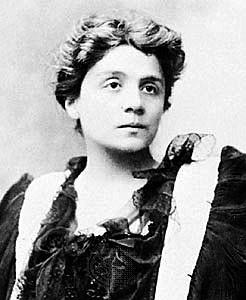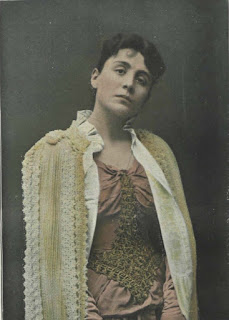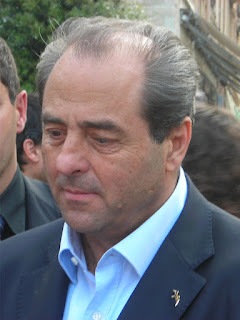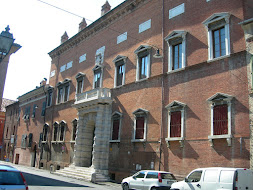Genius who put 18th century Rome on the map
 |
| Pietro Labruzzi's portrait of Piranesi, thought to have been painted a year after his death |
Draftsman, printmaker and architect Giovanni Battista
Piranesi was born on this day in 1720 in Mogliano Veneto near Treviso in the
Veneto.
He became famous for his large prints depicting the
buildings of Rome, which stimulated interest in Rome and inspired the
neoclassical movement in art in the 18th century.
Piranesi went to Rome to work as a draftsman for the
Venetian ambassador when he was 20. There he studied with some of the leading
printmakers of the day.
It was during this period that he developed his own,
original etching technique, producing rich textures and bold contrasts of light
and shadow by means of intricate, repeated bitings of the copperplate.
Among his finest early prints are the Prisons - Carceri - imaginary scenes depicting ancient Roman ruins, which are converted into fantastic dungeons
filled with scaffolding and instruments of torture.
Piranesi later opened a workshop in Via del Corso and
created the series of vedute - views - of Rome that established his fame.
 |
| Piranesi's etching of the Castel Sant'Angelo in Rome |
Among his best mature prints are the series Roman Antiquities (Le antichita romane), Views of Rome (Vedute di Roma) and views of the Greek
temples at Paestum.
His accuracy, his technical mastery and his depiction of the
dramatic and romantic nature of the structures has made these prints the most
original and impressive representations to be found in western art.
He was able to replicate faithfully the actual remains,
provide the missing parts and introduce groups of vases, altars and tombs that
were absent in reality.
Piranesi was also commissioned to restore the church of Santa Maria del Priorato in the Villa of the Knights of Malta on Rome’s Aventine Hill. He used ancient architectural elements in marble and stone for the façade of the church.
After his death in 1778, he was buried in a tomb inside
Santa Priorato, the church he had helped to restore.
Mogliano Veneto, where Piranesi was born, is a town in the
province of Treviso, about halfway between Mestre and Treviso. It is
particularly known for its medieval festival that takes place in the town every
year in September. It is a stop on the Venice to Udine railway line and has
regular services to Venice, Treviso, Udine and Trieste.
The church of Santa Maria del Priorato, where Piranesi is
buried, is on the Aventine Hill, the most southern of Rome’s seven hills, which
is now an elegant residential part of Rome. The original church was built in
939 but between 1764 and 1766 it was renovated by Piranesi and the Piazza dei
Cavaliere di Malta was built in front of the church according to his design.
The decorative façade of the church was designed by Piranesi to include emblems
and references to the military and naval associations of the Knights of Malta.
The way in which they are represented indicates Piranesi’s fascination with
Rome’s ancient past.















